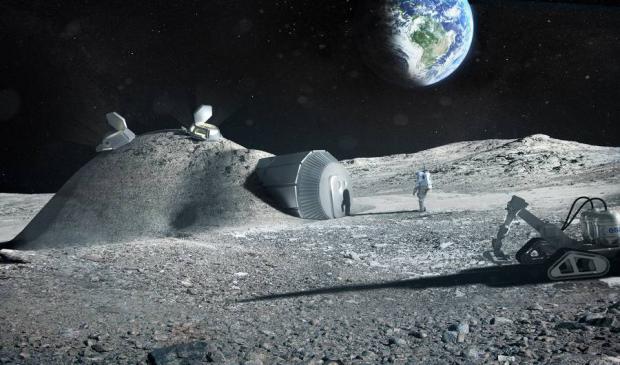
Breaking News
 MELANIA, the film, exclusively in theaters worldwide on January 30th, 2026.
MELANIA, the film, exclusively in theaters worldwide on January 30th, 2026.
 Hospitals murdered COVID patients. The more they killed, the more money they made.
Hospitals murdered COVID patients. The more they killed, the more money they made.
Top Tech News
 This tiny dev board is packed with features for ambitious makers
This tiny dev board is packed with features for ambitious makers
 Scientists Discover Gel to Regrow Tooth Enamel
Scientists Discover Gel to Regrow Tooth Enamel
 Vitamin C and Dandelion Root Killing Cancer Cells -- as Former CDC Director Calls for COVID-19...
Vitamin C and Dandelion Root Killing Cancer Cells -- as Former CDC Director Calls for COVID-19...
 Galactic Brain: US firm plans space-based data centers, power grid to challenge China
Galactic Brain: US firm plans space-based data centers, power grid to challenge China
 A microbial cleanup for glyphosate just earned a patent. Here's why that matters
A microbial cleanup for glyphosate just earned a patent. Here's why that matters
 Japan Breaks Internet Speed Record with 5 Million Times Faster Data Transfer
Japan Breaks Internet Speed Record with 5 Million Times Faster Data Transfer
 Advanced Propulsion Resources Part 1 of 2
Advanced Propulsion Resources Part 1 of 2
 PulsarFusion a forward-thinking UK aerospace company, is pushing the boundaries of space travel...
PulsarFusion a forward-thinking UK aerospace company, is pushing the boundaries of space travel...
 Dinky little laser box throws big-screen entertainment from inches away
Dinky little laser box throws big-screen entertainment from inches away
 'World's first' sodium-ion flashlight shines bright even at -40 ºF
'World's first' sodium-ion flashlight shines bright even at -40 ºF
The World Is Racing to Build a Moon Base -- Here's What It Could Look Like

The European Space Agency just reminded the world that it wants to build a base on the moon by 2030, using 3-D printed parts made from materials found on the lunar surface.
The ESA has some competition. Earlier this month, Congress passed a spending bill that would give NASA $55 million to build a space habitat for deep-space exploration, including both the space within the moon's orbit and, eventually, Mars. The only catch: NASA has 180 days to show what it's going to be.
It's a global space race to live on the moon. Around 26 nations want to figure out what that's going to look like.
In the past, NASA has been a big fan of expandable, inflatable modules, like the ones made by Bigelow Aerospace. The ESA's concept art shows buildings made out of the natural elements found on the lunar surface. This idea isn't far-fetched; product designers have used sand to print in the past.
NASA already uses a 3-D printer that's able to print in a vacuum. It can build tools and little bits and pieces for the International Space Station that would otherwise be tremendously expensive to send. If the walls, or even the entire structure, could be built on the moon instead of being shipped, we could have pretty large structures. Earlier this year, an architect revealed his own plans to 3-D print a 2,400-square-foot house using just dust, sand and gravel. And that one had a swimming pool, jacuzzi and garage.


 The Prime Directive is Evil
The Prime Directive is Evil
 Don't Worry About Bitcoin
Don't Worry About Bitcoin

